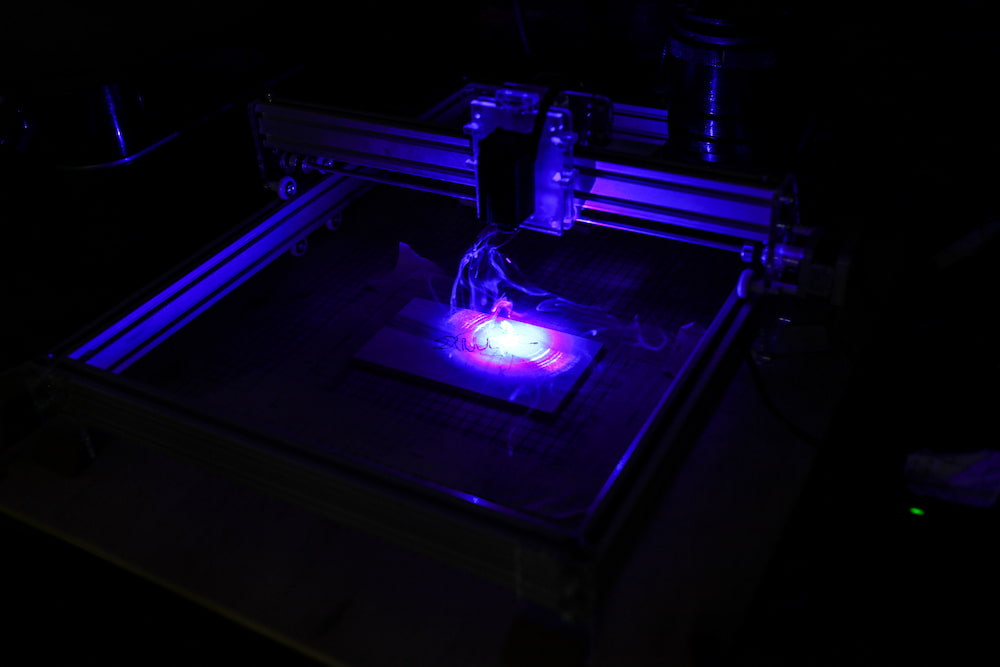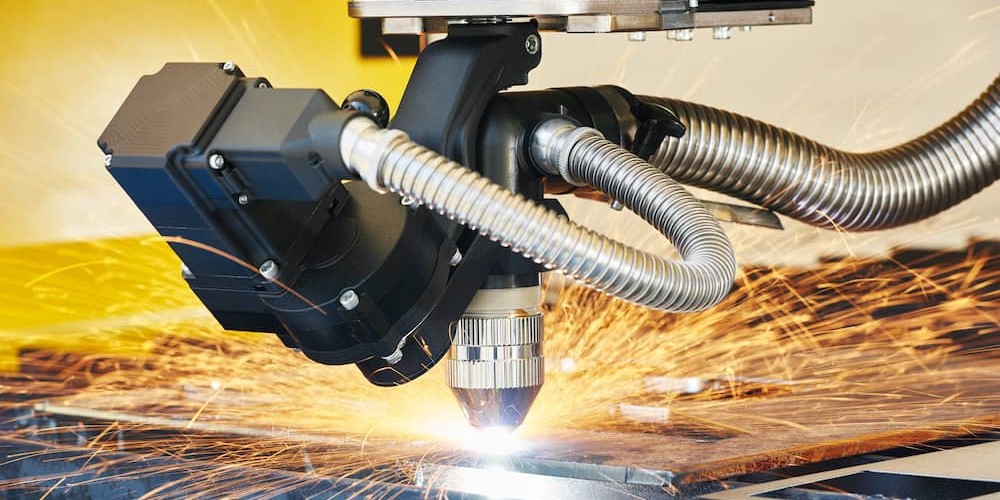Lasers are suitable for performing a variety of operations. Laser marking is one of them. It is the process of using a laser beam to mark or engrave on a variety of surfaces. Today, a number of applications stem from this possibility.
Laser marking is an extremely versatile process. Laser marking is a common term that is used interchangeably for different processes such as ablation, engraving, foaming, colouring, staining, carbonising and so on. Choosing the method depends on the material and quality requirements.
- Laser marking includes multiple techniques such as engraving, annealing, carbonising, and foaming, making it suitable for a variety of materials and applications.
- The laser marking process ensures permanent, high-contrast markings that resist heat, abrasion, and environmental wear, making it ideal for product identification and traceability.
- With low operational costs, no consumables, and no toxic byproducts, laser marking is an efficient and sustainable choice compared to many other traditional methods.
- Laser marking is widely used across many industries for marking serial numbers, QR codes, logos, and even intricate engravings on metals, plastics, and ceramics.
Advantages of Laser Marking
There’s quite a few advantages laser has when comparing it to other possible methods. We are listing the main ones here.
Non-Contact Process
Laser marking is a non-contact process. This means that the equipment does not come into physical contact with the material being marked. It only affects the areas targeted by the laser beam. Consequently, there is no damage to the material by abrasion.
Precision
The process of laser marking is extremely precise. One can use it to make marks on very small objects with impressive accuracy. For example, lasers do the markings on printed circuit boards. The high-quality marking is clear and legible.
Environmentally Safe
Laser marking is an environmentally responsible way to perform etching as it does not produce any toxic byproducts. The same cannot be said for acid etching.
High Speed
Compared to other methods, laser marking is extremely fast. Using it cuts down the time consumption and therefore the costs. Using the correct laser marking method for different applications can further reduce time required.
Low Cost
There are no day-to-day operational costs when it comes to laser marking besides the cost of electricity for the equipment. The system needs little manpower to handle the system. Operators only have to set up the machinery that does the work automatically.
Adjustable for Different Materials
The same laser marking system is suitable for a variety of materials. This provides more flexibility as most industries use different types of materials. These include various metals, like structural steels, stainless steels, different aluminium grades, etc.
Different Processes Using the Same System
The same laser marking system may also be used for laser engraving and other processes with little modification. This is a big advantage as there is no need for extra equipment for different processes and applications.
Safe Process
Compared to other methods of etching and marking, laser marking is safer. There are no toxic fumes or waste products formed in the marking process. So it is safe for the person carrying out the process.
But the final quality ensures that the products are also safe to use in various fields. For instance, laser marking is suitable for engraving dental equipment. The products are smooth enough for use in a patient’s mouth.
- Personal account manager
- Quality assurance
- Payment terms for companies
- On-time delivery by Fractory
The Durability of Markings
The markings produced with lasers are permanent and have high contrast. They can withstand heat, abrasion, and even acids. They are fade-proof and water-resistant.
Hence, laser markings are suitable for dependable product tracing. Because there is no danger of fading over time.
Identical Marking for Large Batches
Laser marking can be successfully used to mark a large number of products with a set design in a mass manufacturing setup. It is easy to integrate the system into the production line.
This repeatability is consistent and allows faster project turnaround besides an aesthetically pleasing look.
Applications of Laser Marking
Initially, with the inception of the first laser machines in 1965, the applications were limited to cutting only. With time, a large number of possible use cases came to light after the development of more processes.
Now, laser marking processes find use in a wide range of industries. One of them is product labelling.
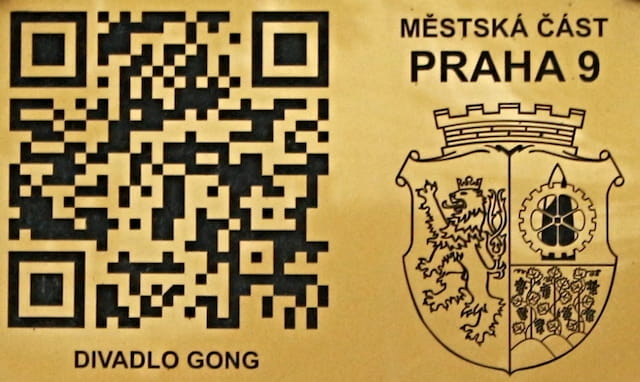
QR codes, serial numbers, bar codes, dates and part numbers all use lasers for marking. The same applies to best before and expiry dates, maintenance due dates and company logos. You can create a QR code for metal surfaces using a variety of free tools available online.
Laser marking may also be used in the process of creating ID cards and smart cards as it is fraud-proof. It is used in the food, automotive, aerospace, medical, electronics, advertising and semiconductor manufacturing industries among many others.
Suitable Materials for Laser Marking
Laser marking is capable of engraving most metals. Lasers are also capable of marking plastics, ceramics, glass, and silicon. Composites, graphite, rubber, and LEDs may be marked in black or any other colour depending on the material. Inscribing precious gems – such as rubies, sapphires and even diamonds – also uses laser marking.
Different Laser Marking Methods
Depending on the application, there are several laser marking processes one may choose from. Let’s take a look at some of these methods.
Laser Marking by Annealing
ARVE error: url: https://www.googleapis.com/youtube/v3/videos?part=snippet%2Cstatistics&id=oH4H4fdy2pE&key=AIzaSyAQ7WFzTAUrOX-FjsIrFS3JwZBFzgIvloc Status code 200 expected but was 403.
In this process, a laser beam locally heats a metal surface to produce a mark. This localised heating causes structural changes in the metal and results in a colour change. The marking is usually black but it may also be red, green or yellow, depending on the temperature of the heated layers.
The laser rays only penetrate 20 to 30 µm into the metal surface. This results in an even surface of the workpiece. This type of annealing is usually carried out on ferrous metals and titanium.
Annealing marking produces permanent abrasion-proof results. A variety of industries use it. Examples include medical, dental, automotive, manufacturing, etc. An example of annealing marking is a nameplate for identifying and listing the machine’s specifications.
Laser Engraving
ARVE error: url: https://www.googleapis.com/youtube/v3/videos?part=snippet%2Cstatistics&id=ZORZC1gqn0I&key=AIzaSyAQ7WFzTAUrOX-FjsIrFS3JwZBFzgIvloc Status code 200 expected but was 403.
In engraving, the laser beam removes some material from the surface. This produces a mark on the surface in the form of depressions. A large number of materials suit this process. Examples include metals, plastics, stone, and ceramics.
During laser engraving, the material absorbs heat from the laser, melts and evaporates. The material also reacts with air resulting in a colour change which makes the mark more distinctive. As there are no consumables involved, this technique has low operational costs compared to other methods that use drill bits or special inks for engraving.
Carbonising
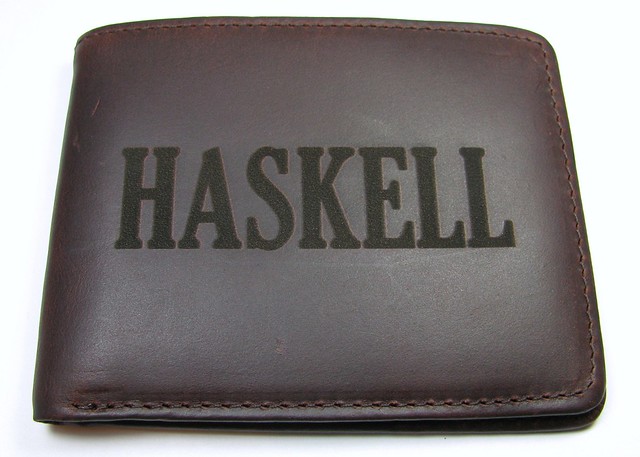
When it comes to marking organic materials and synthetic polymers, carbonising is the way to go. In carbonising, heat from the laser breaks plastic bonds and releases hydrogen and oxygen. Wherever this reaction takes place, the area darkens.
Since the mark formed is grey to blue-grey, carbonising is not always suitable for dark-coloured objects. This will lead to low contrast between the marked portion and the rest of the workpiece. Carbonising is used to mark wood, paper, leather, packaging material, etc.
Foaming
ARVE error: url: https://www.googleapis.com/youtube/v3/videos?part=snippet%2Cstatistics&id=ocx9V9MGcdc&key=AIzaSyAQ7WFzTAUrOX-FjsIrFS3JwZBFzgIvloc Status code 200 expected but was 403.
When it comes to producing markings that are light in colour, carbonising isn’t of much help. For such applications, foaming is more appropriate. In this process, the laser is used to heat the surface of a material.
The material melts and gas bubbles are emitted as a consequence. These oxidised gas bubbles form a frothing and reflect light. This method is appropriate for dark-coloured objects.
The mark rises above the surface and has high contrast with the rest of the surface. This discoloration appears only in the case of polymers.
Removing
ARVE error: url: https://www.googleapis.com/youtube/v3/videos?part=snippet%2Cstatistics&id=tucck3iyC8M&key=AIzaSyAQ7WFzTAUrOX-FjsIrFS3JwZBFzgIvloc Status code 200 expected but was 403.
This laser marking method is especially suitable for coated materials. In this process, the laser removes a layer of the workpiece to reveal the layer underneath (substrate). If the two layers have different colours, it produces a contrast.
Coated materials, such as anodised aluminium, display excellent markings with this method. Uses include labels, packaging objects, and fittings. Materials that usually work well with this process are metals with coatings, laminates, foils, and films.
The removable metal absorbs the heat and vaporises where the laser impinges on the surface. This laser etching process also finds applications in the automobile industry where day/night design is preferred. It is imperative that the top coat has a different colour than the base material for efficient and legible marking. Another name for this process is ablation.
Staining
Sometimes, the chemical composition of the material can be used to our advantage when it comes to laser etching. The laser beam produces localised heating. This heating incites a chemical reaction. If the byproducts have a different colour, they provide high contrast wherever the laser comes in contact with the surface.
Staining needs no penetration. The generation of the mark depends on the oxide layer’s thickness.
Plastic marking uses the staining method. A result of localised heating is soot deposition on the material. It gives the appearance of a dark marking on the surface.
What Kind of Machinery is Used for Laser Marking?
Various laser technologies find use for laser marking. Each has its pros and cons and the selection depends on the application, budget, and quality requirements. Basically, there are two types of lasers: solid-state lasers and gas lasers. Let’s take a look at some of the available options.
CO2 Laser Marking Machine
CO2 laser marking uses CO2 gas in a sealed chamber as a laser source.
As the name suggests, the CO2 laser is a gas laser. An electrical current pumps energy into the gas which then emits radiation. This radiation is amplified using mirrors and concentrated on the material for marking. The CO2 laser has high beam quality and comparatively good efficiency.
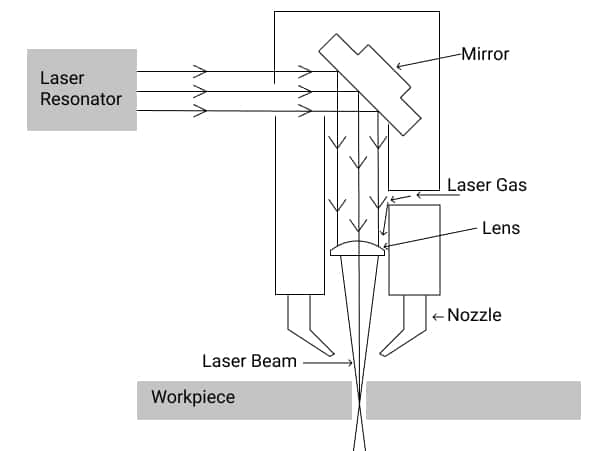
CO2 laser machines are suitable for wood, metal, acrylic, glass, paper, etc. It is one of the earliest methods of laser production and still finds a lot of use. It is used for product recognition marking, date stamping, and logos among other applications.
CO2 laser marking machines are also applicable for non-metals. Examples include laser garment engraving, medical packaging, soft drink labelling, rubber marking, plastic marking, leather engraving, and so on.
Fibre Laser Marking Machine
The most popular setup for laser marking today is fibre laser marking. It is a solid-state laser. In this system, an optical fibre doped with a rare-earth element is used as a laser source.
This setup marks more effectively and is also more versatile, smaller in size, and has faster marking speeds. It also boasts of minimal maintenance and zero consumable requirements.
The cost of ownership is less compared to other machines and the system is reliable. It is able to mark even difficult materials, such as PCBs, plastics, nickel and gold plating. It may also be used for sensitive materials and layers.
Fibre lasers are best suited for laser etching using the annealing, engraving, and plastic marking processes. They also have a long life of a minimum of 25,000 hours.
MOPA laser is a special type of fibre laser. MOPA lasers are extremely versatile as the pulse duration can be modified. This enables them to work with a large number of materials.
Nd:YAG Laser Marking System
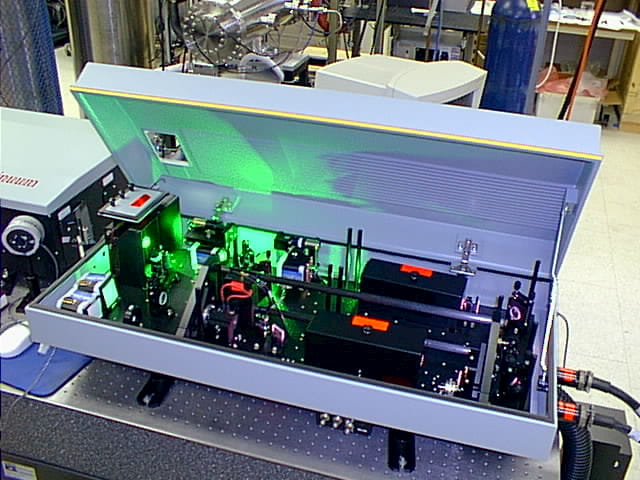
This method uses Diode Pumped Solid State (DPSS) technology to pump a neodymium or ruby-doped YAG crystal with a laser diode to produce laser rays. Its wavelength is exactly ten times smaller than CO2 which prevents it from being absorbed in a variety of materials. Consequently, it can only be used with a limited number of materials.
Unlike fibre lasers, this laser system needs expensive diode pumps. These pumps are wearable and have a life of 8,000 to 15,000 hours. The Nd:YAG laser has a shorter lifespan compared to the fibre laser.
It can be used to engrave and mark most metals. When set up as a galvo system, it is actually faster than a CO2 laser. But set up time can be long and costly. It also needs more maintenance than other options and does not work well on a lot of non-metallic materials such as wood, acrylic, etc.
They do have excellent beam stability and quality along with higher efficiency though. This system works with coated metals, ceramics, and plastics.


